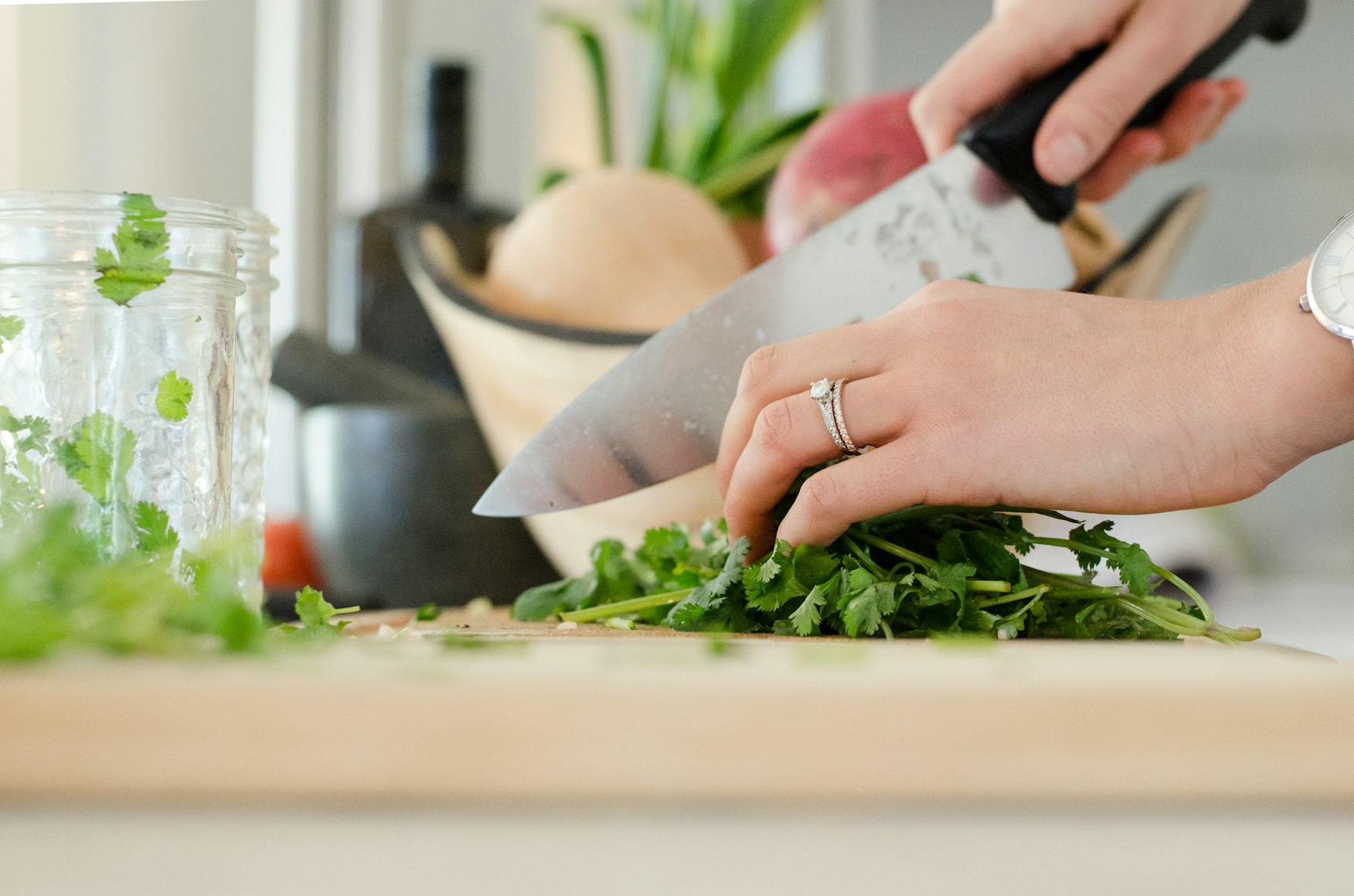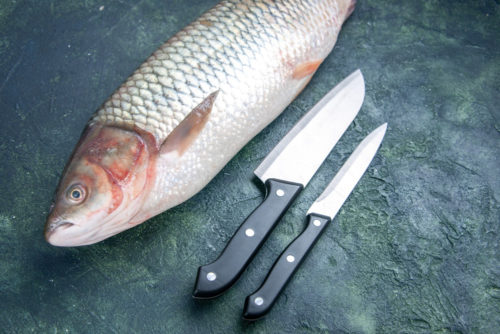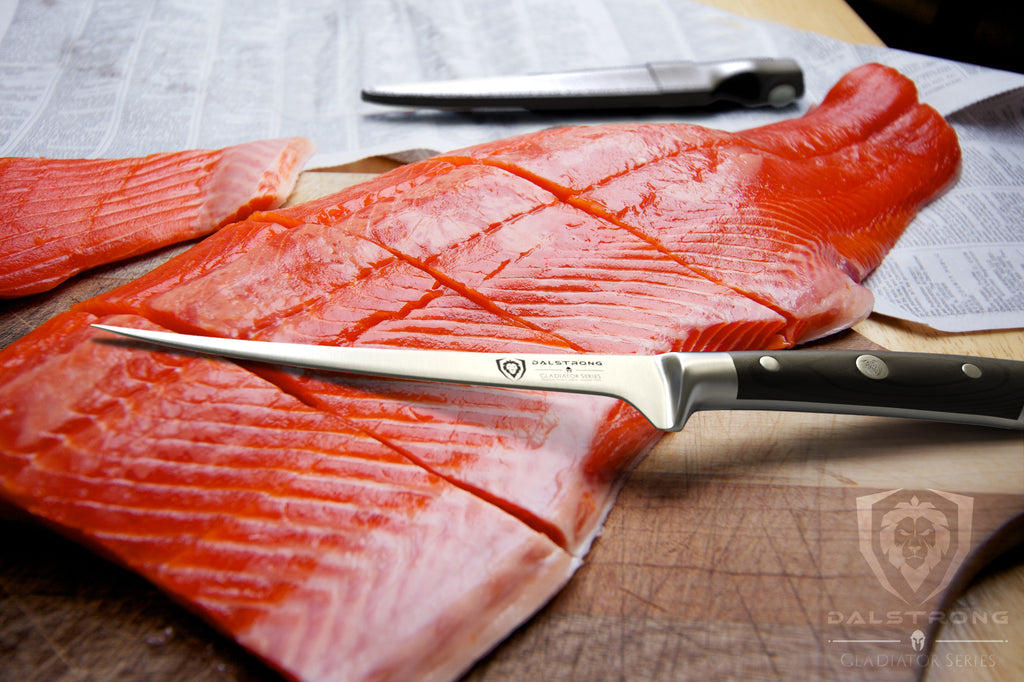When it comes to kitchen knives, the Nakiri knife is a standout favorite among both professional chefs and home cooks. But what is the best Nakiri knife, and why is it so highly regarded?
The Nakiri knife is a Japanese vegetable knife known for its rectangular shape and thin, straight blade. It’s specifically designed for cutting vegetables, allowing for precise, clean cuts. Understanding why this knife is special can help one choose the best option for their culinary needs.

History and Origin of the Nakiri Knife
The Nakiri knife has roots in Japanese cuisine that date back centuries. This knife was traditionally used in home kitchens across Japan and has evolved to become a popular choice in kitchens worldwide. The word ‘Nakiri’ translates to ‘vegetable cutter,’ highlighting its primary function.

The Anatomy of a Nakiri Knife
The Blade
The blade of a Nakiri knife is its most critical feature. Typically, it ranges from 5 to 7 inches in length, with a straight edge that allows for full contact with the cutting board. This design helps in achieving even and precise cuts, making it perfect for slicing vegetables.
The Handle
The handle of a Nakiri knife is designed for comfort and control. It is usually made from wood or composite materials, ensuring a firm grip during use. The balance between the blade and the handle is crucial for user comfort and cutting efficiency.

Why Choose a Nakiri Knife?
There are several reasons why a Nakiri knife might be the best choice for your kitchen:
- Efficiency: Its design allows for quick and precise cutting of vegetables.
- Versatility: While it’s primarily used for vegetables, it can also handle other types of food preparation.
- Ease of Use: The straight edge makes it easy to use, even for beginners.

Top Features to Look for in the Best Nakiri Knife
When choosing the best Nakiri knife, consider the following features:
Blade Material
The material of the blade affects its sharpness and durability. High-carbon stainless steel is a popular choice for its strength and resistance to rust.
Blade Length
Blade length can vary, so choose one that feels comfortable in your hand. Most Nakiri knives have a blade length of 5 to 7 inches.
Handle Comfort
A comfortable handle is crucial for prolonged use. Look for ergonomically designed handles made from high-quality materials.
Top Recommendations for Nakiri Knives
Based on extensive research and customer reviews, here are some of the best Nakiri knives available:
Shun Classic 6.5-Inch Nakiri Knife
This knife combines traditional Japanese craftsmanship with modern materials. It features a high-carbon stainless steel blade and a comfortable wooden handle.
Global 7-Inch Hollow Ground Nakiri Knife
Known for its lightweight and balanced design, this knife is perfect for precision vegetable cutting. The blade is made from high-quality stainless steel.
Dalstrong 6-Inch Nakiri Knife
With its razor-sharp blade and ergonomic handle, the Dalstrong Nakiri knife offers excellent performance and durability.
Caring for Your Nakiri Knife
Proper care and maintenance are essential to keep your Nakiri knife in top condition:
Regular Sharpening
Keep the blade sharp with regular honing and occasional sharpening. A sharp blade not only cuts better but is also safer to use.
Washing and Storage
Hand-wash your Nakiri knife and dry it immediately to prevent rust. Store it in a knife block or on a magnetic strip to protect the blade.
Conclusion: Make the Right Choice
With its unique design and exceptional performance, the Nakiri knife is a valuable addition to any kitchen. By considering factors like blade material, length, and handle comfort, you can find the best Nakiri knife to meet your needs. Remember to care for your knife properly to ensure it lasts for years to come.
FAQ Section
1. What is the primary use of a Nakiri knife?
A Nakiri knife is specifically designed for cutting vegetables, allowing for precise, clean cuts.
2. Can a Nakiri knife be used for cutting meat?
While it is primarily designed for vegetables, it can handle other types of food preparation, including meat.
3. How often should I sharpen my Nakiri knife?
Regular honing is recommended, with occasional sharpening depending on usage frequency.
As an Amazon Associate, I earn from qualifying purchases.
For more information on different types of kitchen knives, you can visit this article.


